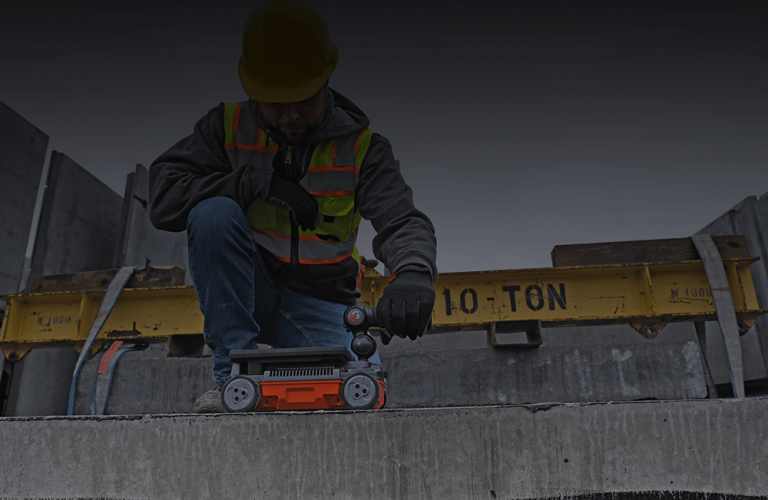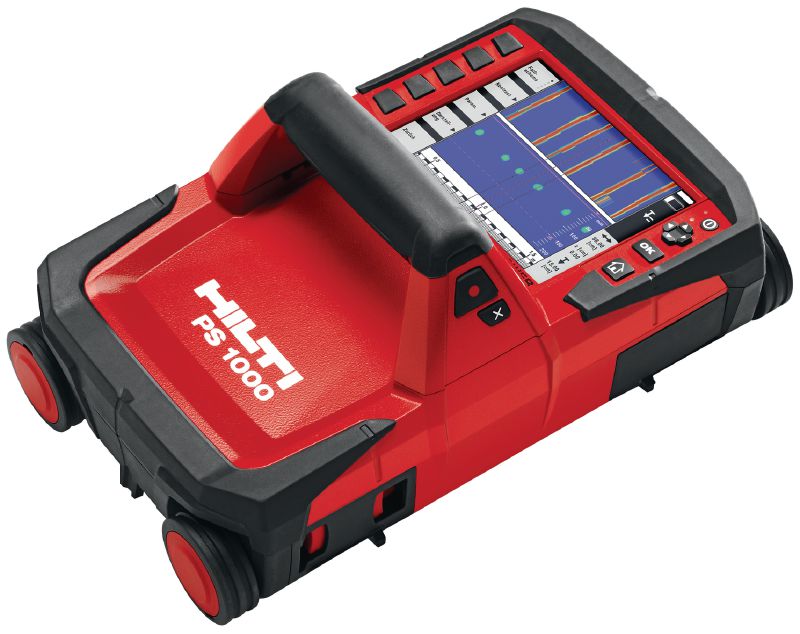Local RainierGPR Service Areas for Accuracy Concrete Scanning
Local RainierGPR Service Areas for Accuracy Concrete Scanning
Blog Article
Concrete Scanning: A Critical Action Towards Guaranteeing Structural Integrity and Safety And Security
In the world of building and framework upkeep, the significance of concrete scanning can not be overemphasized. This careful process holds the key to introducing possible dangers hidden below the surface area of relatively strong structures. By utilizing sophisticated technology and methodologies, concrete scanning works as an essential tool in guaranteeing that the integrity and safety of bridges and structures are supported to the highest possible criteria. Nonetheless, beyond its surface-level ramifications, the role of concrete scanning expands far deeper than satisfies the eye.
Importance of Concrete Scanning
Concrete scanning plays a vital function in making certain the structural stability and security of structures and framework jobs. By using sophisticated technologies such as ground-penetrating radar (GPR) and electromagnetic induction, experts can non-destructively examine concrete frameworks to discover prospective flaws, spaces, embedded items, and support format. This procedure enables very early detection of abnormalities that might endanger the security of a structure, avoiding pricey damages and guaranteeing the safety and security of residents.
Concrete scanning is particularly necessary during the preparation and building and construction phases of a task. Prior to boring, reducing, or coring right into concrete, scanning aids identify the precise areas of rebar, post-tension cables, and various other ingrained elements, reducing the risk of accidental hits that can result in structural weaknesses. Additionally, concrete scanning help in quality control by verifying the density of concrete covers and identifying any type of inconsistencies that might impact the general sturdiness of the framework. Eventually, spending in concrete scanning solutions is not just a positive procedure to reduce threats but also a basic action in the direction of preserving the long-lasting safety and security of structures and framework.
Modern Technology for Concrete Examination

Advantages of Very Early Discovery
Prompt discovery of structural concerns can considerably reduce dangers and make sure the long life of building jobs. By determining prospective issues early on in the building process, stakeholders can take positive steps to address problems before they escalate right into bigger and a lot more expensive problems. Among the vital advantages of very early detection is the prevention of structural failings, which can posture severe security threats and lead to task hold-ups and financial losses.
Moreover, early discovery allows for prompt repair services and maintenance, which can aid extend the life-span of the framework. By dealing with issues quickly, building groups can prevent costly fixings and even the demand for early substitute of structural elements. This proactive strategy not only conserves money and time but additionally boosts the general safety and resilience of the construction task.
Additionally, early discovery can boost job preparation and decision-making by giving stakeholders with useful insights right into the problem of the structure. Equipped with this information, task managers can make informed options regarding building and construction materials, timelines, and methods, causing a lot more successful and efficient redirected here task results.
Guaranteeing Structural Security
Making certain the structural security of a construction project is vital to its safety and longevity. Architectural stability refers to the capacity of a structure or infrastructure to keep its type and function under environmental problems and different loads. To achieve this, complete evaluation and monitoring of the structure are crucial. Concrete scanning plays a vital function in making sure structural stability by finding potential problems such as voids, delamination, or support corrosion that might endanger the stability of the framework over time.
By using sophisticated scanning modern technologies like ground-penetrating radar (GPR) and electromagnetic induction, construction professionals can non-invasively evaluate concrete structures to identify locations of problem below the surface area. This proactive method permits the early discovery of defects or weak points, enabling punctual repair work or support to stop architectural failures.
Routine concrete scanning during different construction phases and throughout the life process of a structure can help keep its stability, alleviate dangers, and ensure the safety of owners. By focusing on structural security through concrete scanning, building jobs can enhance their strength and resilience, ultimately adding to better safety and longevity.
Preventing Crucial Failings
Applying regular inspections, such as concrete scanning, can reveal hidden issues like gaps, cracks, or rust that can compromise the honesty of a structure. By using innovative scanning modern technologies like Ground Penetrating Radar (GPR) or Concrete X-ray, designers can non-destructively assess the problem of concrete and recognize weak factors that call for support or repair.

Final Thought
To conclude, concrete scanning plays an important function in making certain architectural stability and safety and security by utilizing advanced modern technology for very early discovery of prospective problems. This positive approach helps protect against vital failures and guarantees the stability of frameworks. It is important to prioritize concrete inspection as a basic technique to shield the durability and safety of buildings and framework.
Concrete scanning plays a critical function in guaranteeing the structural integrity and safety of buildings and infrastructure tasks. Additionally, concrete scanning aids in high quality control by verifying the density of concrete covers and finding any disparities that might impact the overall longevity of the structure. Concrete scanning plays an essential duty in ensuring architectural stability by detecting possible issues such moved here as spaces, delamination, or support rust Click This Link that can compromise the stability of the framework over time.

In final thought, concrete scanning plays a critical duty in making certain architectural stability and security by utilizing sophisticated modern technology for very early discovery of potential issues.
Report this page